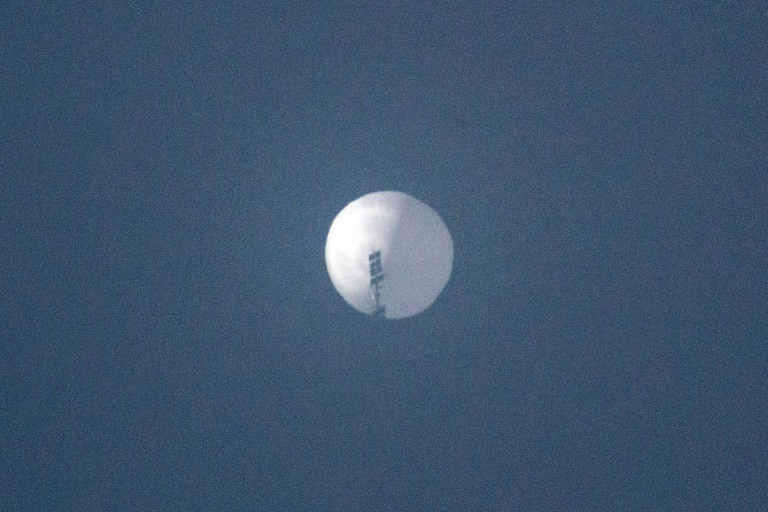Is the US military's decision to shoot down four objects that suddenly showed up in US airspace the beginning of the end of UFO speculation?
Pentagon officials say they only detected three of the objects after adjusting strategic radar systems originally trained toward large items like ballistic missiles and bombers to take note of smaller, slower objects.
That might not supply answers on sketchy UFO claims from past years, but could lead to better and quicker explanations for any strange anomalies in the future, scotching tall tales of flying saucers.
For years, reports of unidentified flying objects were filed away with little investigation, except by a corps of alien-believing, conspiracy-theory toting "UFOlogists".
But after a slew of inexplicable sightings from US Navy and Air Force pilots, several years ago the Pentagon decided to pay closer attention.
The central worry was that the sightings could be of unknown aerial surveillance technology China was using to collect intelligence on US defenses.
In 2020, the Pentagon set up its Unidentified Aerial Phenomena (UAP) Task Force, using its own acronym for UFOs, to dig deeper into hundreds of cases with the support of the CIA and other agencies.
Some were easily written off as weather balloons or solar reflections.
But others were daunting, such as a Navy pilot's video from 2014 of an oblong aerial object that appeared to move faster and with more maneuverability than the jet the pilot was flying.
"What is true ... is that there's footage and records of objects in the skies that we don't know exactly what they are," former president Barack Obama said in 2021.
- Hundreds of reports -

The task force could confidently explain away only one of 144 UAP sightings by US government personnel and sources between 2004 and 2021.
Meanwhile, 18 were objects that appeared to display unusual movements or flight characteristics, like holding stationary in high winds at high altitude, and moving with extreme speed with no discernable means of propulsion, the report said.
"We currently lack sufficient information in our dataset to attribute incidents to specific explanations," it said.
In January this year, the director of national intelligence issued a new report on the UAP investigations that resolved some questions but added more.
It increased the number of incidents being examined to 510.
Of those, nearly 200 had "unremarkable" explanations: balloons, drones or so-called aerial clutter, which covers birds, weather events and airborne plastic bags.
Many others could stem from weather phenomena, faulty sensors, or erroneous analysis by humans, but lacked enough detailed data for a clear attribution, the report said.
On the other hand, it said, "Some of these uncharacterized UAP appear to have demonstrated unusual flight characteristics or performance capabilities, and require further analysis."
- Balloon surprise -
Just weeks later the issue came to the forefront when the air force tracked a previously unseen Chinese surveillance balloon entering US airspace from the northwest.
It appeared to have self-steering technology and it tracked directly over sensitive sites including US nuclear missile silos and strategic bomber bases.
After it was shot down off the east coast, officials went back through electronic data from previous years.
They realized there have been at least four other instances when Chinese surveillance balloons entered US airspace since 2017 -- some possibly classified as UAPs.
One week later, three more objects, none resembling the Chinese balloon, were also detected in US airspace.
Not immediately identifiable, they too were shot down.
Pentagon officials said it was likely not a surge of alien objects but instead that adjusted radar systems were now registering smaller and slower objects.
"We have improved our ability to detect and ... that could be one reason why we're seeing more," said White House National Security spokesman John Kirby Monday.
Asked whether they could be UFOs from outer space, Kirby said: "I don't think the American people need to worry about aliens with respect to these craft, period."
pmh/md
© Agence France-Presse
Your content is great. However, if any of the content contained herein violates any rights of yours, including those of copyright, please contact us immediately by e-mail at media[@]kissrpr.com.
Source: Story.KISSPR.com

